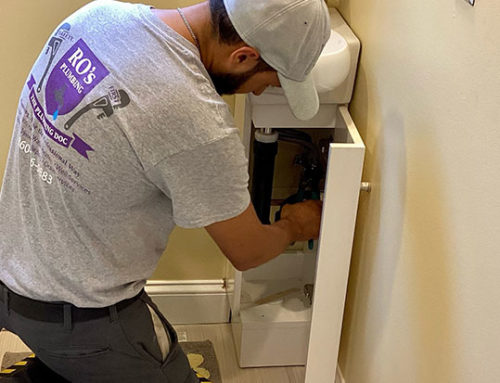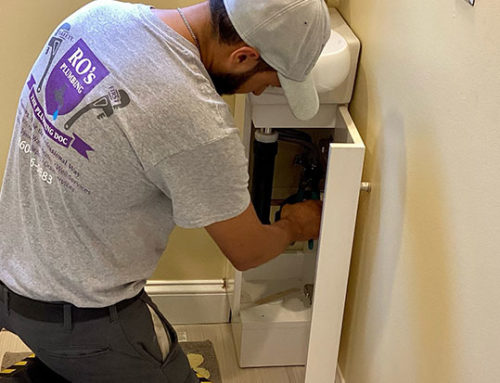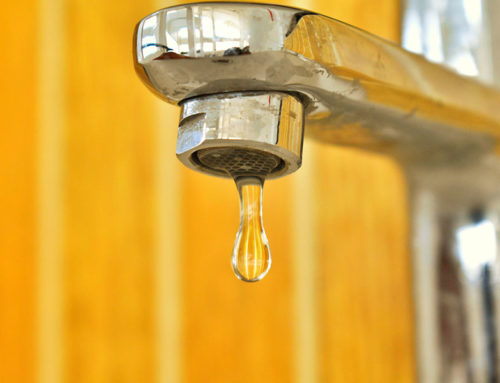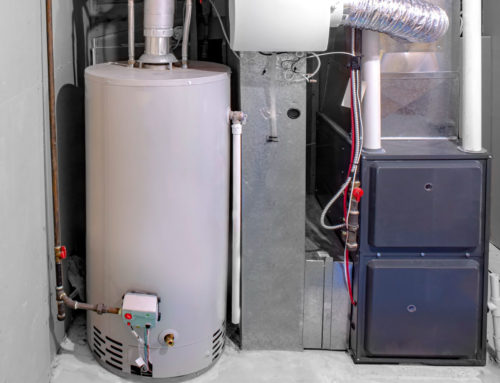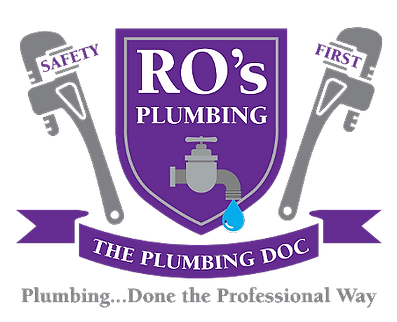Older homes possess a unique charm and character that many homeowners find irresistible. However, along with their historic appeal often come plumbing challenges that can be daunting to address. From outdated pipes to aging fixtures, navigating the plumbing systems of older homes requires a blend of knowledge, patience, and strategic solutions. In this article, we’ll explore some of the common plumbing problems found in older homes and provide practical solutions for homeowners facing these challenges.
Outdated Pipes:
Older homes often feature plumbing systems with pipes made from materials such as galvanized steel, lead, or polybutylene, which can deteriorate over time. These pipes are susceptible to corrosion, leaks, and blockages, leading to various plumbing issues.
Solution: One solution to outdated pipes is to repipe the home with modern materials such as copper or PEX (cross-linked polyethylene). Repiping can improve water quality, reduce the risk of leaks, and enhance overall plumbing performance. Alternatively, homeowners can opt for pipe relining, a process that involves inserting a lining into existing pipes to repair cracks and prevent further deterioration.
Low Water Pressure:
Low water pressure is a common complaint in older homes and can be caused by various factors, including mineral buildup, corroded pipes, or undersized water supply lines.
Solution: To address low water pressure, homeowners can start by cleaning or replacing aerators on faucets and showerheads to remove mineral deposits. If the issue persists, a plumber can inspect the plumbing system for leaks, blockages, or pipe corrosion. Upgrading to larger diameter water supply lines or installing a water pressure booster pump may also help improve water pressure throughout the home.
Fixture and Appliance Compatibility:
Older homes may have plumbing fixtures and appliances that are incompatible with modern standards and regulations. For example, older toilets may use more water per flush than newer, water-efficient models, leading to wastefulness and higher water bills.
Solution: Upgrading plumbing fixtures and appliances to modern, water-saving models can improve efficiency, reduce water consumption, and lower utility costs. Installing low-flow toilets, faucets, and showerheads can significantly decrease water usage without sacrificing performance. Additionally, upgrading to energy-efficient appliances such as dishwashers and washing machines can further enhance water and energy conservation.
Sewer Line Issues:
Aging sewer lines in older homes are prone to problems such as tree root intrusion, corrosion, and blockages, which can cause sewer backups, foul odors, and potential health hazards.
Solution: Homeowners should schedule regular sewer line inspections to identify and address potential issues before they escalate. If problems are detected, options for repair or replacement include trenchless sewer line repair, which minimizes disruption to landscaping and property. Preventative measures such as installing root barriers or scheduling routine drain cleanings can also help maintain sewer line integrity.
Plumbing problems in older homes present unique challenges that require careful attention and proactive solutions. By understanding the common issues associated with aging plumbing systems and implementing appropriate remedies, homeowners can ensure the longevity, efficiency, and safety of their plumbing infrastructure. Whether it’s upgrading outdated pipes, improving water pressure, or installing modern fixtures, investing in the maintenance and renovation of plumbing systems in older homes is essential for preserving their charm and functionality for years to come.


